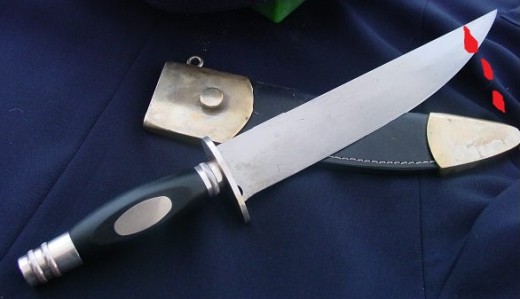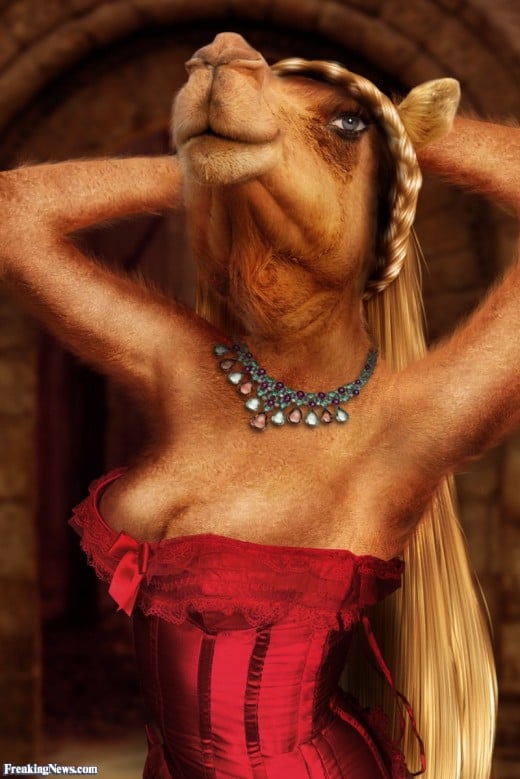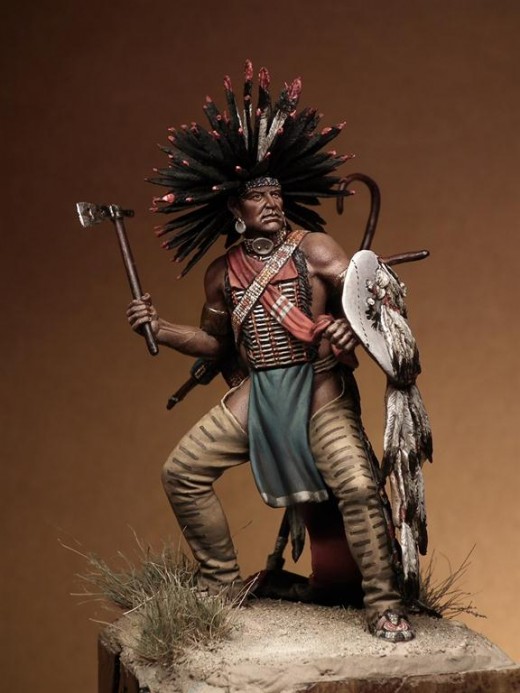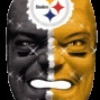- HubPages»
- Books, Literature, and Writing»
- Commercial & Creative Writing»
- Creative Writing
Not the Usual Suspects (Short Story No. 4)

Author's Note
These short stories will be part of the sequel to my novel The Lady Who Loved Bones. Any suggestions for improvement or for future stories are welcome.
Bloody Murder
May Ling showed the knife she used to cut Russ Lane’s throat to Helen.
“Nice knife,” Helen muttered, somewhat in shock.
“Cutting his throat was like cutting butter,” May Ling whispered. “I distracted him, with my body. It was so easy. I cut his carotid artery.”
“Where did you get that Bowie knife?” Helen asked.
“I stole it from a sleeping cowboy,” May Ling answered. “That and his money roll.”
“The sheriff is going to have to arrest you,” Helen said.
“No!” May Ling blurted. “I’ll kill him too. He’s just as bad as the other one.”
“You must not do that,” Helen insisted. “They’ll hang you for sure. Probably without even a trial.”
May Ling offered, “You said he was a bigot. They are worse than bigots. Rapists and woman beaters.”
Helen snapped, “The Cheyenne are worse. They torture and commit terrible atrocities. You saw Turk Smith, with his testicles in his mouth.”
“Ned Helm put his testicles in my mouth,” May Ling snapped. “After I said no. He knocked me out cold and when I came to he had his pecker in my mouth. He humped my mouth and got spunk all over my throat. Why do you suppose the Cheyenne didn’t take the younger girl too when they raided that farm that Marshall Howie spoke about?” she asked.
“Don’t know,” Helen answered. “Maybe they wanted to move fast and didn’t want to be dragging along too many captives. The older girl, being blond with blue eyes, is worth many horses.”
Unbeknownst to both, Ned Helm had crept behind some bushes near where the two sat talking. He overheard the conversation. May Ling and Helen continued talking.
May Ling asked, “Why do you think the Cheyenne killed Turk Smith? We haven’t come across any evidence of a fight.”
Helen responded, “My suspicion is that Captain Taz, the leader of the gang of bank robbers, gave up the late Turk Smith to the Cheyenne. He must have made Taz angry.”
“Do you think that Ned Helm actually ate human flesh?” May Ling inquired. “I heard him bragging about it.”
“His uncle, Boone Helm, did, sure enough,” Helen insisted. “They didn’t call him the Kentucky Cannibal just for fun.”
Helen went on to mention that Boone Helm also committed at least several murders. The Pinkerton Agency in Chicago had a file on him that she read. In California, he killed an unarmed gunfighter named Dutch Fred in cold blood. While living in Salt Lake City, some Mormons hired him as an assassin, which resulted in at least two murders.
May Ling told Helen about a murder that she had been told about by a gentleman admirer, Dr. Truesdale. In Helena Chinese Mary was strangled with her drawers a few weeks back. Mary had been robbed of around $1500. She had been planning to move to California to start a new life.
“I bet it was Helm who killed her!” May Ling proposed.
Suddenly Ned Helm jumped from behind the bushes and screamed, “I did not kill that woman!”
May Ling flashed her knife at him. Helm turned and ran.
“You best watch out for that one,” Helen cautioned. “He just might put you in his stew pot.”
“Not if I get him first,” May Ling retorted.
# # #

Preparing for a bank robbery
Marshal Howie and his posse arrived in Helena. He immediately tripled the guard on the First National Bank of Helena. The bank had a vault made of steel-reinforced concrete, and it had a massive cast iron door with a dual combination lock. Both locks had to be dialed open at the same time for the door to open.
The marshal questioned T. H. Kleinschmidt, the head cashier, about any suspicious activity at the bank. Kleinschmidt did report that two strangers had visited the bank recently. All they wanted was for him to weigh a bag of gold dust, which he did. The gold dust was in a bag with the markings of the Millard Bank in Virginia City. One of the men wore a hat, vest, and boots made of snakeskin.
Howie felt confident that a robbery attempt on this bank would not be met with much success, and that the perpetrators would be fools to try. He and Kleinschmidt went to lunch down the street, and they talked about the robbery of the Clay County Savings Association in Liberty Missouri in February 1866. Kleinschmidt mentioned that Greenup Bird, the head cashier, and his son William, a bank clerk, were thrown into the bank’s vault. An innocent bystander was killed, a 19-year-old college student. The robbers took around $60,000 in tax stamps, gold, silver coins, and banknotes.
Kleinschmidt finally admitted that the stranger wearing snakeskin had propositioned him, sort of. After the bag of gold dust was weighed and Kleinschmidt concluded it was worth around $10,000, the man in snakeskin said it was Kleinschmidt’s and that some form of repayment would be required in the future. The head cashier nodded in affirmation. His big spender of a wife would be happy, temporarily.
The editor of the Helena Herald, Robert Barnes, walked into the restaurant and was greeted by Marshal Howie. Barnes sat with them and immediately asked, “You didn’t catch the bank robbers?”
“No,” the marshal answered, “and neither did Sheriff Brown. There is some concerned that this gang may try to rob the bank here.”
“Well hell,” Barnes muttered, “I better go get my money out of the bank and bury it somewhere.”
“Not to worry,” Marshal Howie responded. “We are taking precautions. Besides, we’ll recognize the bank robbers immediately and the orders are to shoot them on sight.”
“Oh, how is that? That you will recognize them?” Robert Barnes inquired.
“They are riding camels,” Marshal Howie said matter-of-factly.
# # #

Planning a distraction
Captain Taz rode his camel into the Dog Soldiers camp alone under a white flag. White Bear, leader of this band of Cheyenne raiders greeted his old friend warmly. White Bear’s white mother had schooled him in English and he talked and would have looked, without the costume, like a large white farmer.
White Bear and his men wore black and yellow paint. They wore bonnets covered with upright eagle feathers, leggings, breechclouts, moccasins, and a belt made of skunk skins. A whistle suspended from a thong hung around their necks and they carried rattles shaped like snakes, which were used to accompany their songs. Four of them wore the dog ropes, the long sash that passed over the right should and hung to the ground under the left arm. The sash was decorated with porcupine quills and eagle feathers. A picket-pin device was attached to the sash. While in combat, the pin was stuck into the ground and the Dog Soldier was then staked to the ground, to remain so that their brothers could retreat.
The eighteen-year-old girl that this band had recently kidnapped at the Anderson farm sat naked, tied to a tree. She looked terrified and like she had been ravished, over and over.
“Do you have whiskey?” White Bear asked Taz.
“Yes indeed,” Taz replied. “How much whiskey do you want for the woman?”
“You can not afford her,” White Bear snarled. “You have few horses. What you have is those ugly camels. They don’t even taste good. Black Horse will buy her. He likes the yellow-haired ones and has many horses. But what do you want for whiskey, other than the woman you can not have?”
Tax explained that he wanted White Bear and his band to raid Helena He wanted them to cause a huge commotion and mass confusion while Taz and his gang robbed the bank.
White Bear said, “I would kill white men and rape white women for free, but I’ll still take the whiskey. You can have your way with the white girl in return.”
And Taz did. He didn’t object when White Bear and his warriors watched the bizarre scene unfold. They cheered him on.








